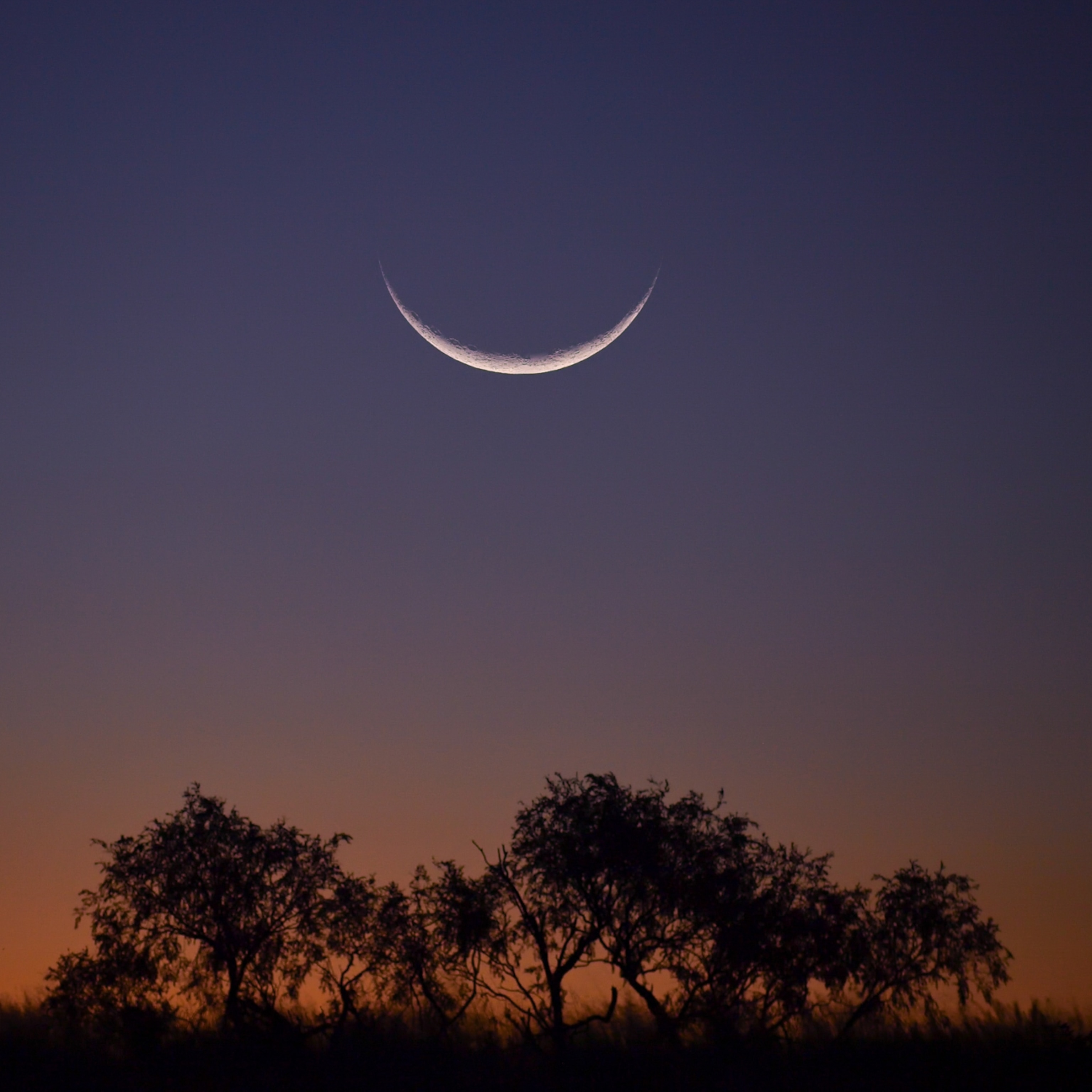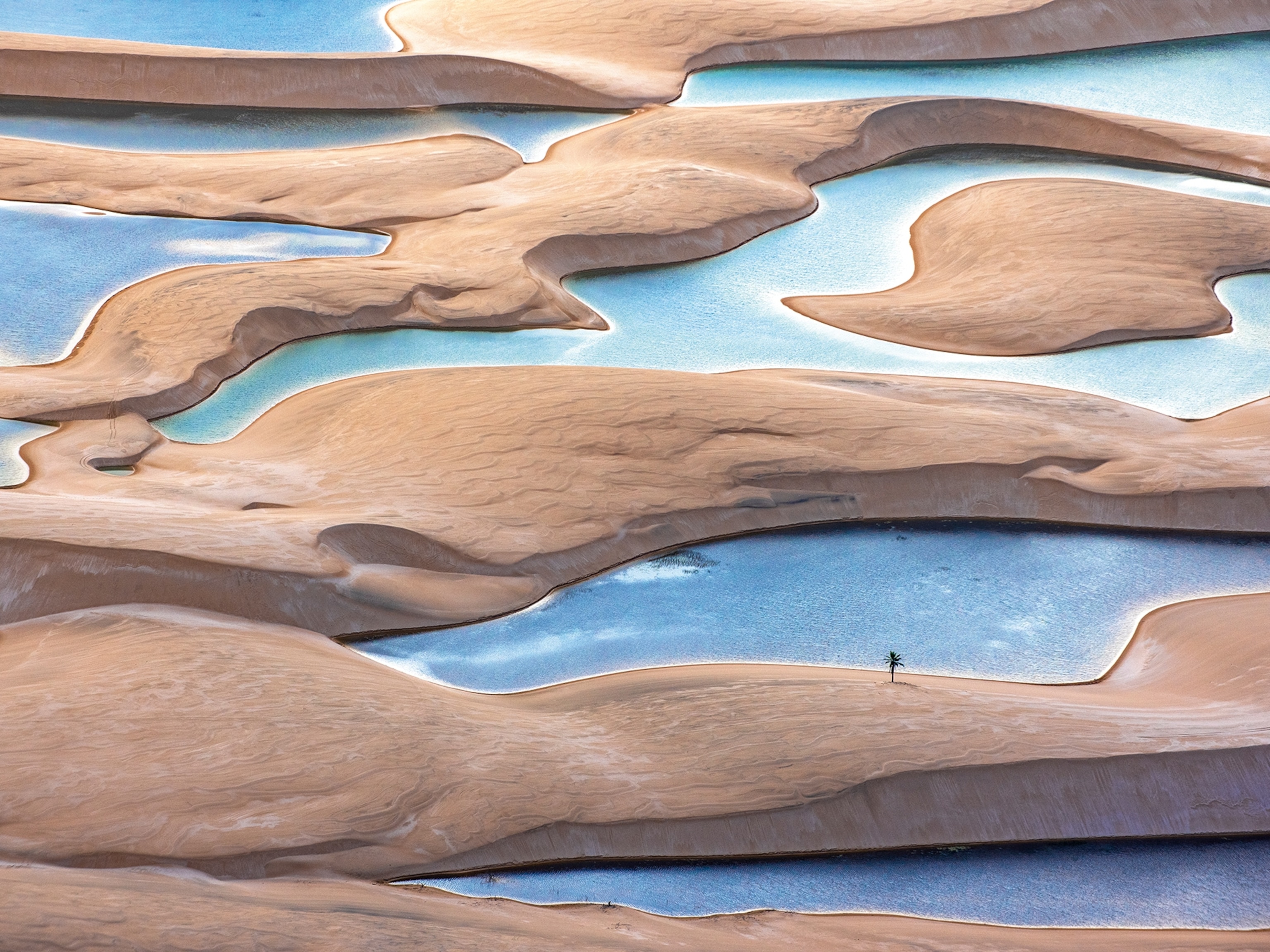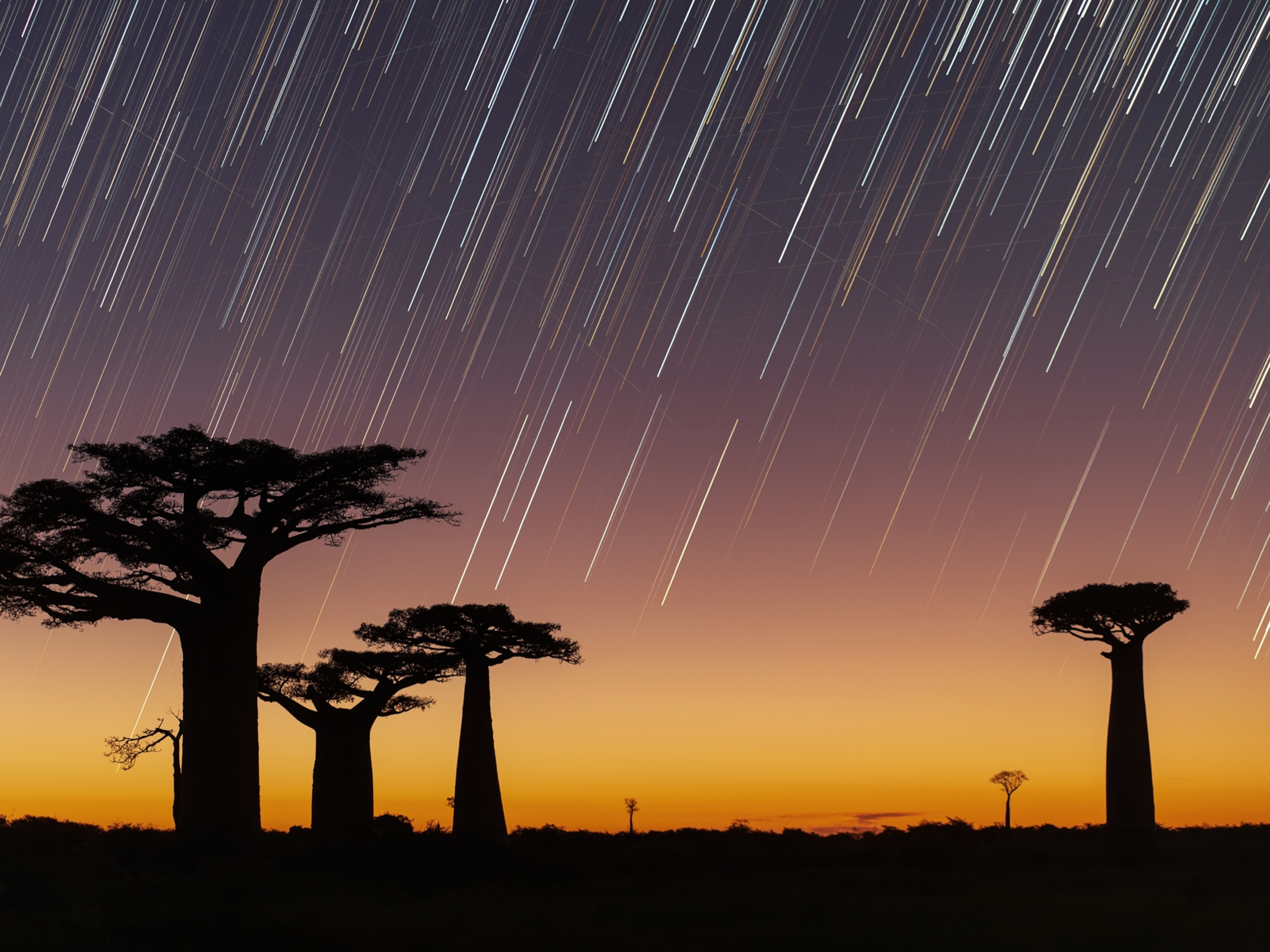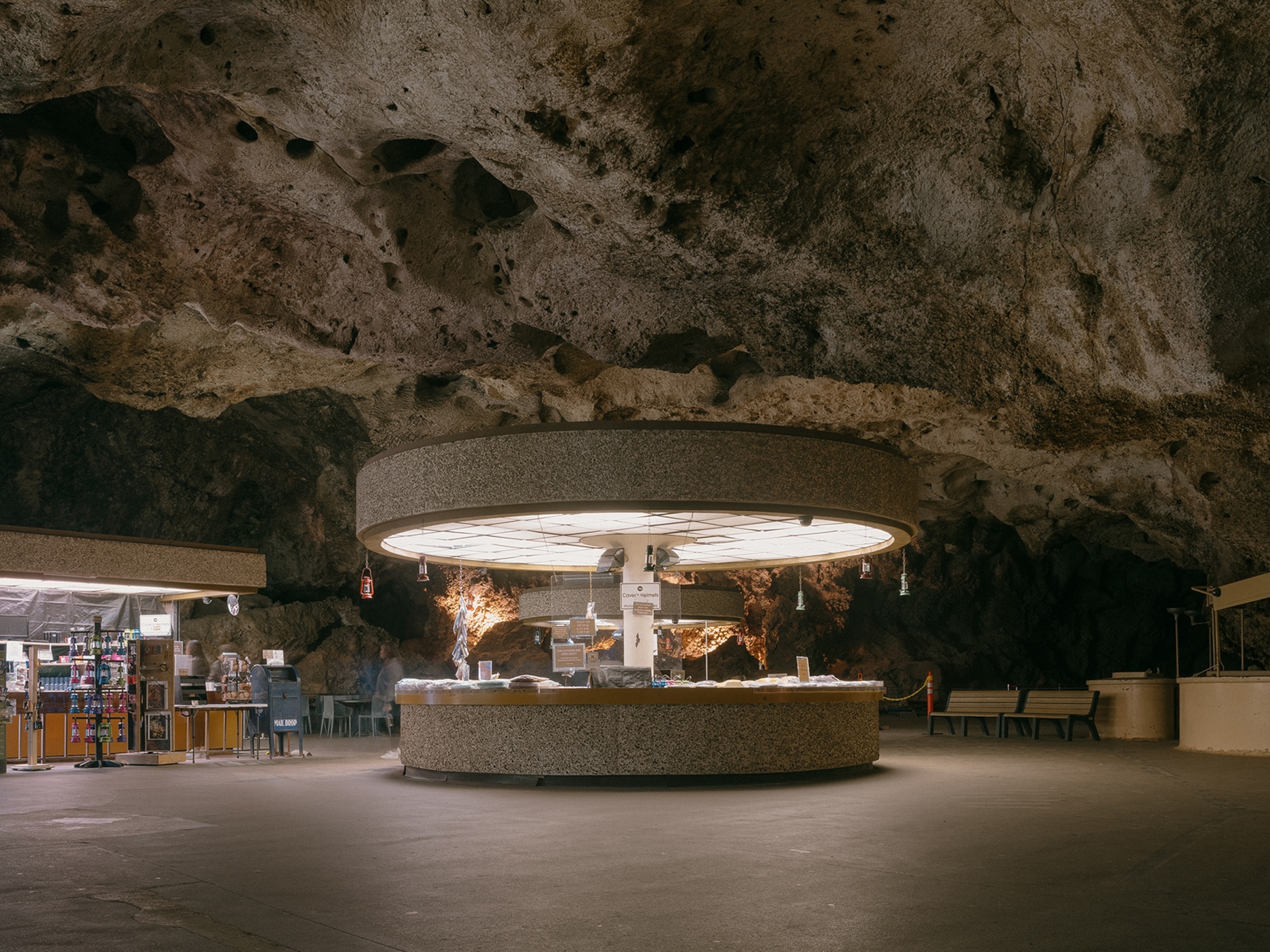
See Day to Night in One Epic Photo
Photographer Stephen Wilkes creates layered images that show the progression of time across a single landscape.
A single image in Stephen Wilkes’s “Day to Night” series is composed of an average of 1,500 frames captured by manual shutter clicks over a period of anywhere from 16 to 30 hours. During this process, Wilkes must keep his horizon line straight and maintain continuity, which means keeping his camera perfectly still.
He then spends weeks in postproduction, piecing the best frames together into a final composite of layered images, essentially compressing time. For Wilkes, the excitement is in showing people something more than a photograph, something that provides a multidimensional experience, a window, as he describes it, into a world where the full spectrum of time, light, and experience plays across the frame. We’re treated to a view we’ve never seen before—one our eyes could never take in on their own.

Out in the field, Wilkes commits himself to a tiny perch high above an urban or natural landscape. From here he’ll watch a narrative unfold: living beings interacting with their environment as light and time progress. He calls this vantage point the “ultimate catbird seat” —where he can partake in the joy of looking while being unnoticed by the players in the scene below him.
His process is meticulous and precise. “I look at a single place in a grid,” he says. “And then I decide where day begins and night ends.” Whatever that angle is—whether it’s diagonal, up and down, front to back, back to front—becomes what Wilkes calls the time vector. “My eye moves through the scene based on time. My focus changes based on where time is.”
Wilkes fixes his camera on that angle, then trains his eye on the scene before him, pressing the shutter when he sees a moment he wants to capture. “It’s the ultimate brain puzzle,” he says, “like a sudoku on acid.”
During the photographing of these images, Wilkes doesn’t sleep, aside from a brief meditation here and there (though his assistant is instructed to shout if he sees anything). He doesn’t take breaks unless the sun or moon are in the right position and missing a few frames wouldn’t create a gap as the light transitions throughout the day.

There are no do-overs. He is at the complete mercy of the elements, riding out a thunderstorm in a crane full of electrical equipment or hoping that an advancing weather front won’t obscure a sunset on what was an otherwise perfect day. “I go out with real positive energy,” he says. “And I don’t really give it up. Because I just never know. And sometimes when it can be the most dire situation in terms of the way the weather looks, it can bring you the most spectacular things.”
And what gets him through these extreme tests of mental and physical endurance? “I am a collector,” he says. “When you are a collector and you are missing that one piece of that collection, you will go through unbelievable lengths. I will wait. I will do whatever it takes. I love collecting moments of magic. That’s what I do.”
What began six years ago as an urban project—a “love poem to New York City,” as he calls it—has evolved to include places around the globe, including natural environments. Below, Wilkes shares some of the stories behind the photographs featured in National Geographic’s January cover story celebrating the power of parks.

Tunnel View, Yosemite National Park
The inspiration for this frame was the Albert Bierstadt painting “Yosemite Valley.” Wilkes brought a print out with him when scouting the location. Getting this view required perhaps the most challenging setup he’s had—tethered, along with two assistants, to the edge of a rock outcropping at a 45-degree angle on an area the size of a four-by-eight piece of plywood. The slightest misstep could have toppled the camera over the edge. “My assistant scouted for me, and we hiked up on the prep day,” Wilkes says. “And I said, ‘Jesus, Brian! You didn’t say it quite was like this! I’m not 14 anymore. Are you kidding me? Twenty-six hours on this ledge? Are you crazy?’”
But once the shoot began, Wilkes’s focus was solely on the ebb and flow of light and people in front of him. “Once I frame the image, what comes over me is a singular focus—the drive to make the image takes over,” he says. “Once I get infected, the sheer beauty of what I’m doing overtakes everything. Whatever my fear is, once I see the scene through the lens, everything changes. I become disconnected from whatever the physical reality is.”
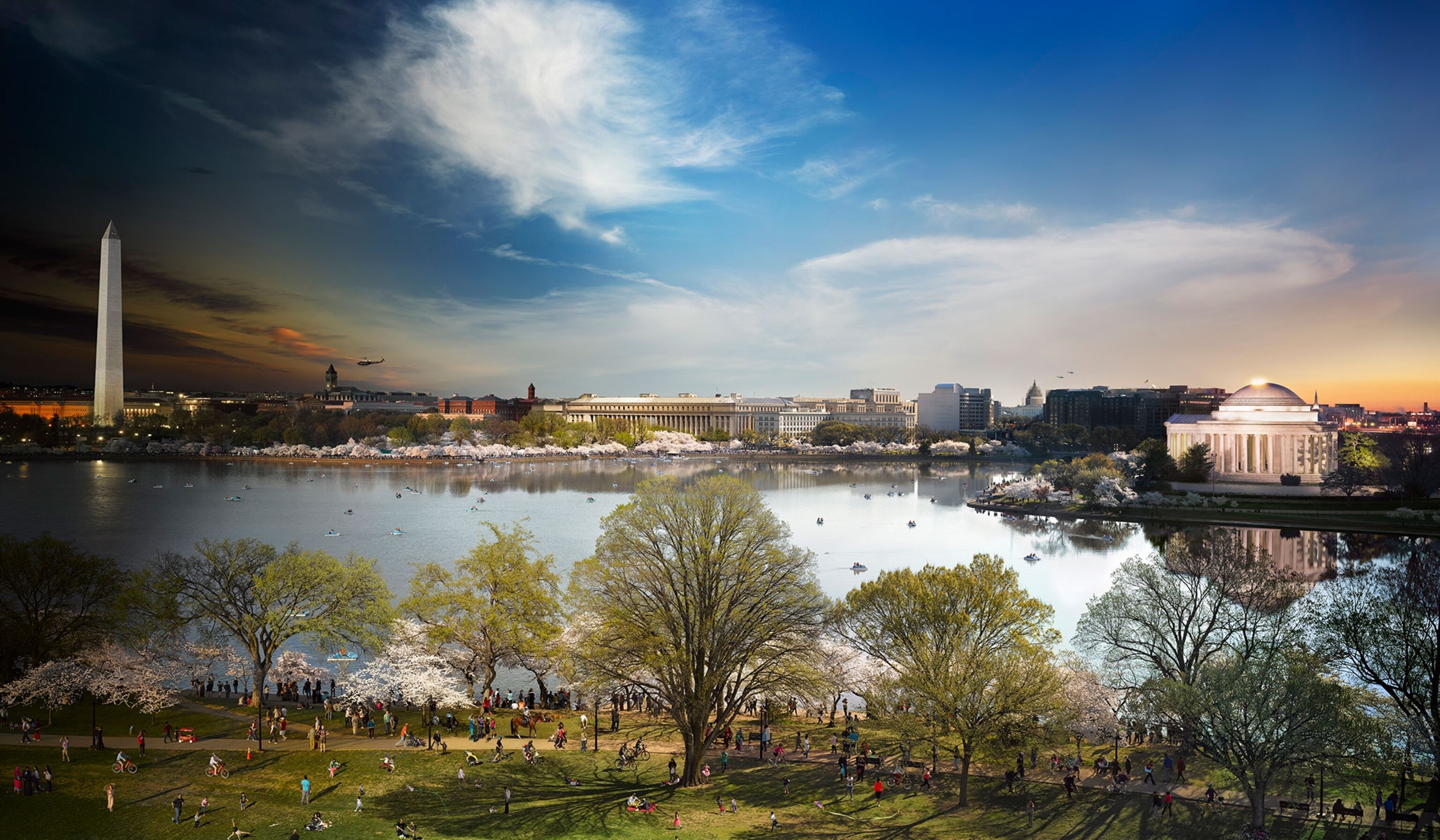
Tidal Basin, Washington, D.C.
Capturing the cherry blossoms at their peak is tricky, especially given the changeable spring weather in Washington. “You could spend five years saying, ‘This is the year we are going to go,’ and never get the blossoms right. The fact we got them on the peak day—no cold snap, no rain—was astounding in and of itself, with winds that didn’t go over ten miles per hour.”
Wilkes and photo editor Kim Hubbard scouted for just the right location, eventually finding this vantage point that shows off the Tidal Basin, the people enjoying West Potomac Park, and a view of several monuments. “I was looking and said, ‘If I were to get above this I could see sunrise over the Jefferson Memorial and twilight over the National Monument,” he says. “I knew I was going to get a great human narrative.”
Wilkes wasn’t allowed to bring in his heavy, truck-mounted lift, so he used a less stable 80-foot cherry picker that was high enough to both capture a wide view and be buffeted by planes taking off and landing at nearby Reagan National Airport—a challenge when trying to remain absolutely still for long-exposure night shots.
In all, Wilkes spent 16 hours photographing—with no breaks. Asked about how he handled nature’s call, he mentioned a collection of red bottles before summing it up: “The extent of it is, you don’t want to drink too much, you don’t want to have too much coffee. I am going to donate my bladder to science when I am done with this project.”

South Rim, Grand Canyon
“When the sun rose I had probably one of the greatest cloud formations you could ever ask for,” Wilkes says of photographing this image.
“[It] was like a ‘dial-a-sky.’ I specifically went and shot this at the end of July, hoping to get the beginning and middle part of the thunderstorm season. We were very lucky at the end of the day to get a capture of a lightning bolt.
“You can actually see the rain clouds building. That narrative—the ability to capture the changing of the cloud formations and the sky and how the day evolves that way—is a very profound thing in the parks. Because part of the magic of the parks is that no matter when you go, something really exciting can happen.”
See more of Stephen Wilkes incredible series “Day to Night” at a new exhibition opening at the National Geographic Museum on February 13.



